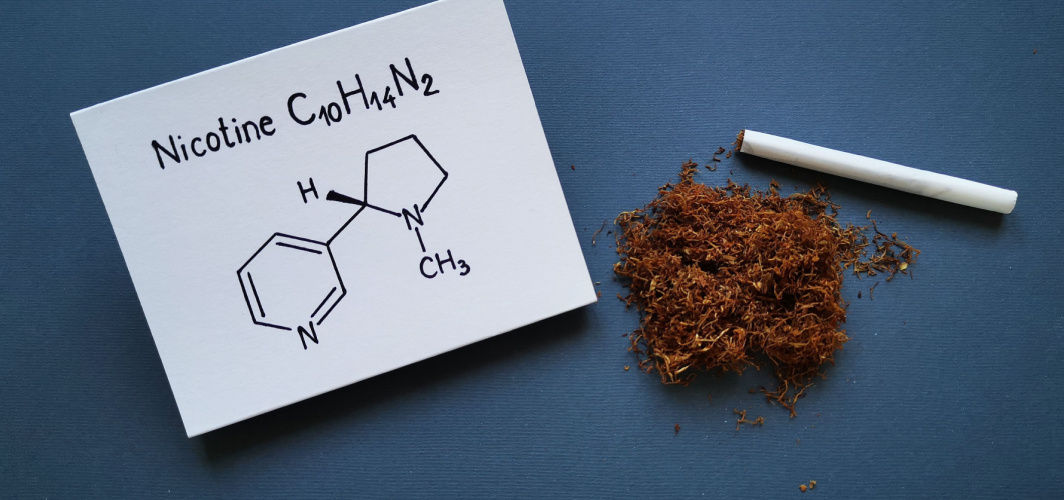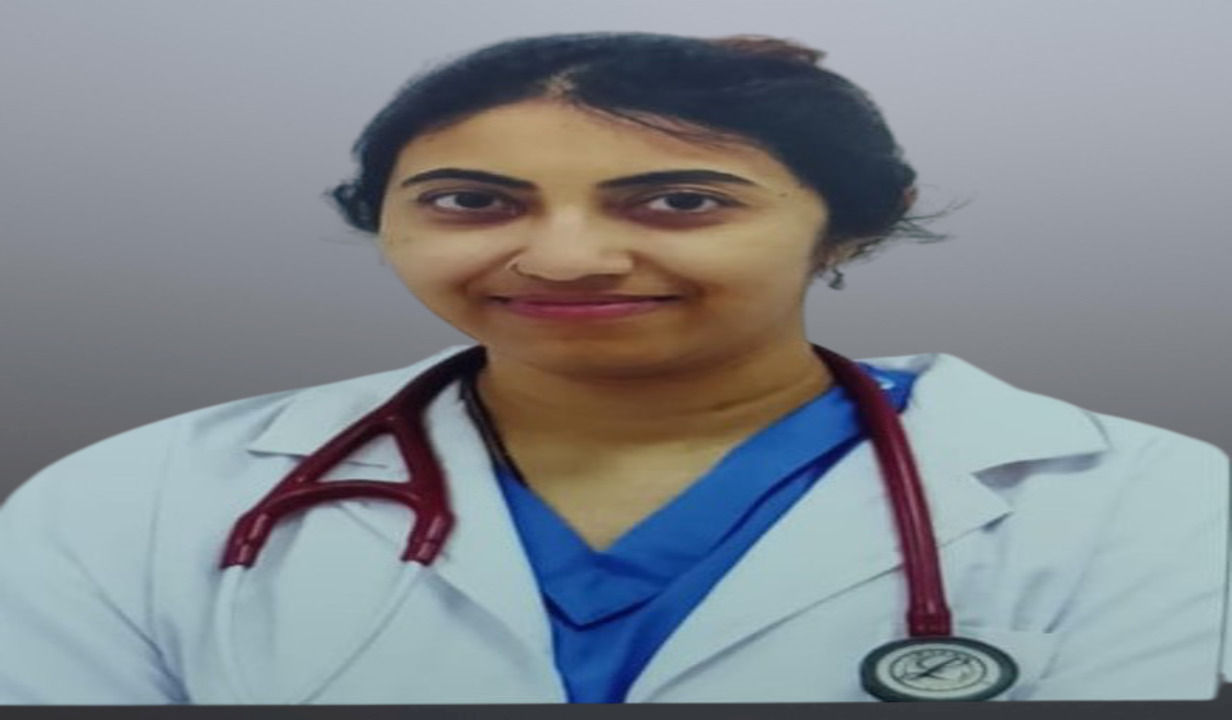Diabetes Management
Unmasking Hidden Sugars: Your Guide to Smart Portion Control and Food Label Reading
1 min read
By Apollo 24|7, Published on - 28 February 2024
Share this article
0
0 like
.jpg?tr=q-80)
With about 134 million diabetic adults expected in India by 2045, effective management of this condition necessitates conscientious attention to what you eat, how much you eat, and understanding what's in the food you consume. This approach not only helps diabetics in managing their blood sugar levels but also aids in the prevention of diabetes for non or pre-diabetics.
Understanding Portion Control and Its Benefits
Portion control means consuming a balanced amount of all food groups in your meal. It allows you to keep a check on your daily calorie intake. For diabetics, it aids in maintaining stable blood sugar levels by preventing overeating or under-eating.
Deciphering Food Labels
Food labels can be a treasure trove of information if understood correctly. They provide crucial details about nutritional content, serving size, calories, and sugar content. However, pay attention to terms like 'dextrose', 'maltose', or 'syrup' - these are different aliases used for sugars added to processed foods.
Reading between the lines: Hidden Sugars
Hidden sugars can lurk in unexpected places like bread, sauces, or even health drinks. Consuming such foods can unknowingly increase your sugar intake and affect blood glucose control. To mitigate this risk, consider the following tips:
- Monitor your daily sugar intake; an adult should ideally consume no more than 25g (women) or 36g (men) of added sugars per day.
- Learn to identify different names for sugar on food labels.
- Prioritize whole foods over processed ones as they contain natural sugars and are packed with essential nutrients.
In conclusion, understanding portion control and learning to read food labels are vital strategies in managing diabetes. They encourage mindful eating, assist in monitoring sugar intake, and ultimately lead to better health outcomes.
Diabetes Management
Consult Top Diabetologists
View AllLeave Comment
Recommended for you

Diabetes Management
The Truth About Diabetes and Fad Diets
When making decisions about our health, it's important to base them on sound information and expert advice. While specific fad diets may offer short-term benefits, they have yet to be proven safe or effective in the long run. For constructive and tailored recommendations that will benefit your health in the long term, it's always best to consult with a doctor or nutritional expert.

Diabetes Management
How to Check Sugar Levels After a Meal?
Monitoring post-meal sugar levels is vital for diabetes management, facilitated by a glucometer. Steps include using it, testing 1-2 hours after meals, maintaining hand hygiene, and preparing the lancet device. Tracking and interpreting results inform decisions on diet, medication, and exercise. Consultation with a diabetologist ensures tailored guidance for improved blood sugar control and overall well-being.

Diabetes Management
Does Nicotine Increase Blood Sugar?
Nicotine in tobacco products initially raises blood sugar by releasing stress hormones but can lead to insulin resistance with prolonged exposure. Its appetite-suppressing effects may disrupt blood sugar management. Quitting smoking may affect blood sugar due to withdrawal symptoms. Individual responses vary. Managing nicotine exposure is crucial for diabetes, impacting blood sugar levels and overall health.
Subscribe
Sign up for our free Health Library Daily Newsletter
Get doctor-approved health tips, news, and more.
Visual Stories

8 Fruits That are Incredibly Healthy for Diabetes
Tap to continue exploring
Recommended for you

Diabetes Management
The Truth About Diabetes and Fad Diets
When making decisions about our health, it's important to base them on sound information and expert advice. While specific fad diets may offer short-term benefits, they have yet to be proven safe or effective in the long run. For constructive and tailored recommendations that will benefit your health in the long term, it's always best to consult with a doctor or nutritional expert.

Diabetes Management
How to Check Sugar Levels After a Meal?
Monitoring post-meal sugar levels is vital for diabetes management, facilitated by a glucometer. Steps include using it, testing 1-2 hours after meals, maintaining hand hygiene, and preparing the lancet device. Tracking and interpreting results inform decisions on diet, medication, and exercise. Consultation with a diabetologist ensures tailored guidance for improved blood sugar control and overall well-being.

Diabetes Management
Does Nicotine Increase Blood Sugar?
Nicotine in tobacco products initially raises blood sugar by releasing stress hormones but can lead to insulin resistance with prolonged exposure. Its appetite-suppressing effects may disrupt blood sugar management. Quitting smoking may affect blood sugar due to withdrawal symptoms. Individual responses vary. Managing nicotine exposure is crucial for diabetes, impacting blood sugar levels and overall health.


